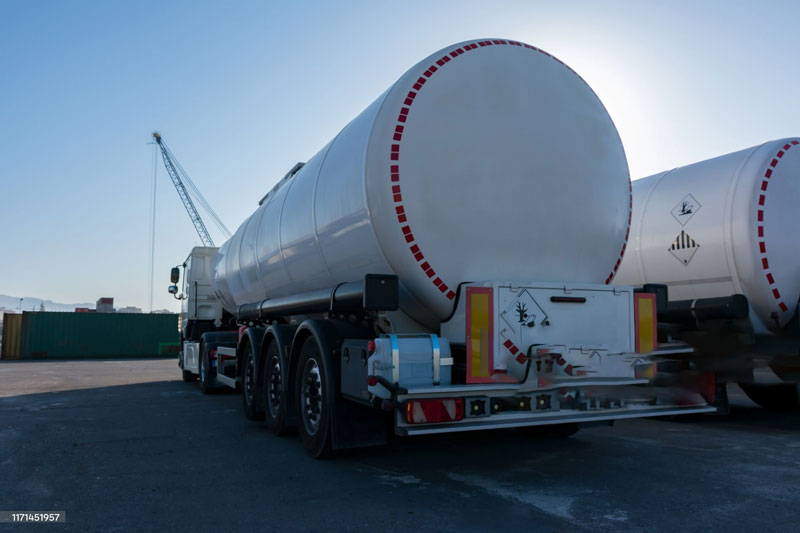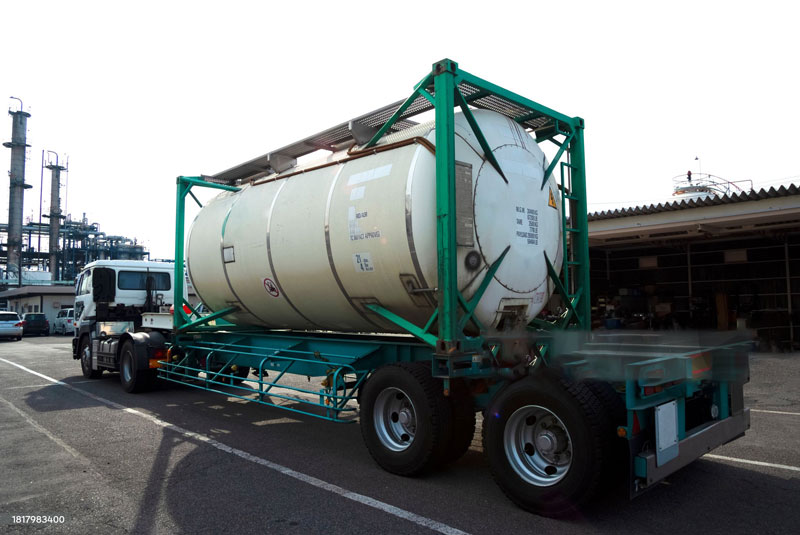
Rent ISO Tank for Export | Cost, Logistics, Safety & Documentation
Rent ISO Tank for Export | Cost, Logistics, Safety & Documentation
ISO tank rental has become the preferred solution for businesses exporting bulk liquids—fuels, chemicals, food-grade oils and more. This comprehensive guide explains everything you need to know to rent an ISO tank for export, from cost analysis and logistics planning to safety standards and documentation requirements.
1. What Is an ISO Tank?
An ISO tank is a large, cylindrical stainless-steel container designed for transporting liquids. Standardized to ISO norms (20–27 tons, 20–40 ft), they ensure safe, sealed, temperature-controlled transport over land, sea, or rail.
2. Benefits of Renting vs Buying
-
Lower capital outlay: Renting avoids big upfront investment.
-
Flexibility: Rent per trip or period; resize as needed.
-
Maintenance covered: Providers handle cleaning, inspections, and repairs.
-
Access to latest tanks: Renters get DOT/TPED-certified equipment.
3. Cost Factors
Several variables determine the rental cost:
-
Duration: Longer term → better daily rates.
-
Tank type: Food-grade, chemical, pressurized tanks differ.
-
Distance & routing: domestic vs international, via ocean/road.
-
Empty return: Keep or return? Deadhead charges count.
-
Cleaning & inspection: Payment depends on cargo residue and standards.
Sample estimates:
-
Local (1–4 weeks): USD 1,200–2,200

-
International (one‑way): USD 2,200–3,500
-
Round-trip export/import: USD 3,500–5,000+
4. Logistics Planning
-
Identify Lane & Frequency – e.g. UAE → Europe, 4 trips/month
-
Choose Tank Type – food-grade vs hazardous vs pressurized
-
Check provider network – tank rentals partner with shipping lines & depots
-
Manage empty repositioning – plan for either empty return or pick‑up at destination
-
Arrange cargo exchange – verify compatibility & avoid product contamination
5. Regulatory & Safety Requirements
-
Tanks must meet UN ADR, US DOT, IMO/IMDG, TPED standards.
-
Annual inspections, pressure vessel certifications, and cleaning audits are mandatory.
-
Carriers must provide MSDS, VGM, and carrier declarations.
6. Documentation
-
Bill of Lading: includes tank number, IMO/UN class
-
Packing Certificate: attests to test and cleaning
-
ISPM‑15/FOB: for export wooden components and seals
-
ACI/E‑manifest: country-specific preloads
-
Insurance certificate: CMR/CAR/In-transit
7. Tips for Efficient Export
-
Steel tanks need 24–48‑hour idle time after food-grade products.
-
Use tank management software to track usage, location, inspection status.
-
Combine multiple exporters via tank pooling to reduce cost.
-
Time shipments around port peak windows and tariffs.
8. Finding a Reliable Tank Rental Provider
Choose providers with:
-
Fleet visibility with app/portal
-
ISO, ADR, IMDG certifications
-
Local depot network along trade routes
-
24/7 cleaning & support services
9. Return Transport & Demurrage
Define:
-
Return location (origin vs third‑party depot)
-
Keep rate vs empty return rate
-
Demurrage charges per day after allowed free time (usually 3–5 days)
10. Conclusion
Choosing ISO tank rental offers flexibility and reduces cost for exporters shipping bulk liquids. By analyzing costs, selecting the right type, ensuring compliance, and partnering with a qualified provider, businesses can streamline export logistics and avoid costly delays.
